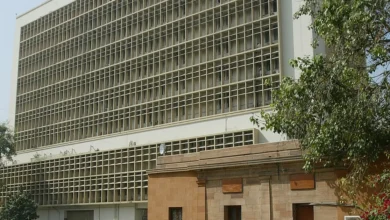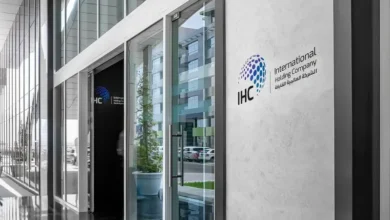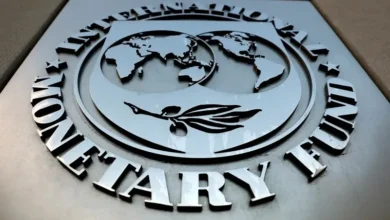Tax burden still at post-war high despite big cut

This Autumn Statement is a significant tax cut both for businesses and for workers, but overall the tax burden remains at a post-war high.
That’s largely because tax thresholds are still frozen until 2028. That means any kind of pay rise could drag people into a higher tax bracket, or see a greater proportion of their income taxed, therefore bringing in more tax revenue to the Treasury.
In fact the government’s independent economic forecaster, the Office for Budget Responsibility (OBR), confirmed that by 2028, a truly astonishing £46bn will be raised by the freezes in just one year.
So what’s going on?
Higher tax receipts due to frozen thresholds, and fuelled by inflation, have led to a £27bn improvement in the public finances – what the OBR refers to as a “windfall”.
This was spent on a bigger-than-expected £9bn National Insurance cut and an £11bn tax cut for business investment.
This was a choice. And the chancellor’s view is that all of this will help the economy grow eventually.
But that growth takes time – years to really show through.
That is why growth in the next couple of years has been downgraded from the March forecast.
Not only is growth lower, but inflation is higher. Having previously predicted inflation to fall to 0.9% next year, the OBR now expects it to drop to only 2.8% by the end of 2024.
The picture painted by the OBR forecast is difficult to declare a definitive “turning point” in the economy.
It is, however, a change of gear on the economic policy. Downing Street has clearly decided that the unexpected buoyancy of tax revenues should be returned to businesses and to workers. The latter is nicely timed for the election, especially as it will be delivered in January.
They are calculating that the shadow cast by last year’s mini-Budget is over, and that having built up market credibility, some money can now be spent with a significant set of giveaway decisions.
Other choices were available.
Public spending and investment remains squeezed, after accounting for inflation, at a time when the public has begun to notice severe strains in some health, education and council services.
Indeed, the OBR concludes that had public services been given funding in line with its higher inflation forecasts, there would have been no space for the chancellor’s jumbo tax cuts.
The question is whether the public will see this notable National Insurance cut as light at the end of the tunnel, or instead, a partial refund of the significant tax rise seen over the past two years.










